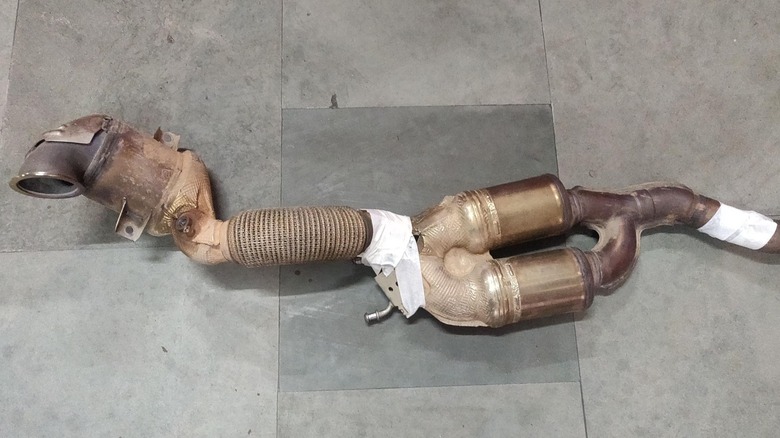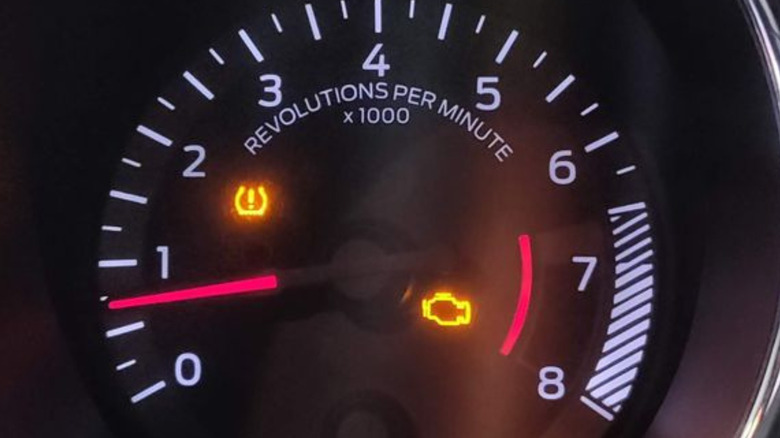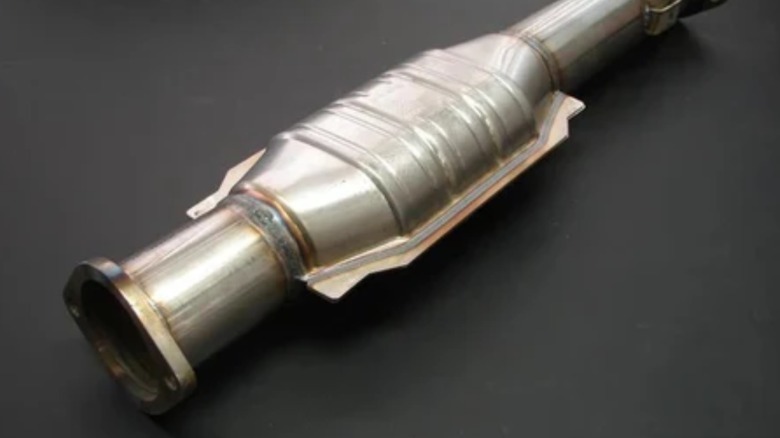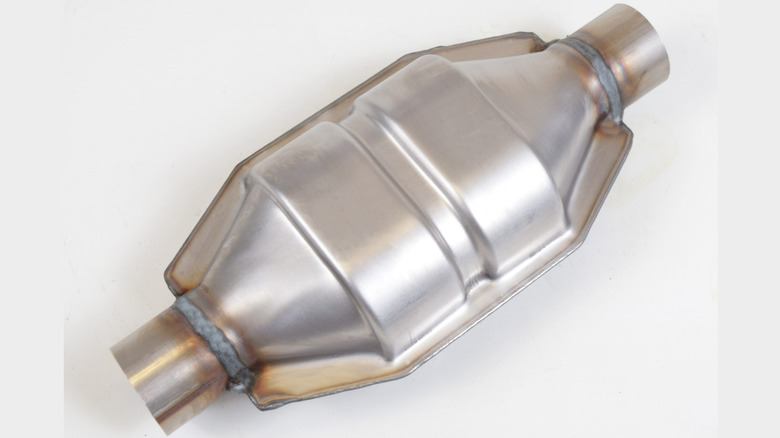Can You Drive Without A Catalytic Converter And What Happens If You Do?
All modern internal combustion engines have a catalytic converter, which is a part of the emission system of a car. The catalytic converter essentially prevents harmful gasses from entering into the environment. It is quite a vital component of a vehicle and is a legal requirement for most states in the country.
Catalytic converters are usually placed in between the exhaust system of the vehicle. They can be accessed through the underside of the vehicle, and one car can have multiple catalytic converters. They are welded onto the exhaust system and one cannot just remove them without cutting them out, so it is not an easy task to remove the catalytic converter.
Let's look at how these catalytic converters work first. Inside the catalytic converter is a mesh of filters which consist of rare earth metals like platinum, palladium, or rhodium. These metals act like catalysts, hence the name, catalytic converter. When hot exhaust gasses pass through the catalytic converter, these catalysts reduce and oxidize the harmful elements like carbon monoxide, nitrogen oxides and hydrocarbons and separates the molecules into nitrogen and oxygen, elements which are much safer when dispersed into the environment.
Can you drive without a catalytic converter?
The simple answer is yes. One can drive their vehicle without a catalytic converter. Since it is a part of the emissions system of the vehicle, it is not a vital component in the functioning of the vehicle but there may be a check engine light thrown on to your instrument cluster if you are driving around without a catalytic converter or if you have a faulty one.
This is because most new cars also employ a lot of sensors and there are oxygen sensors which are present inside the exhaust system which give the ECU vital stats about your vehicle. If the oxygen sensor gets a reading which is not compliant to the parameters set by the manufacturer, your vehicle will throw a check engine light.
There is also the question of legality. Most states require vehicles plying on the road to have catalytic converters. Without a catalytic converter, you cannot pass the emissions tests, and this can land one in a lot of trouble. Some states like California are quite strict with emission laws and would require you to change out a catalytic converter if yours is faulty, breaks or is stolen.
Another group of people who would like to remove their catalytic converters are car enthusiasts. Removing the catalytic converter from your vehicle will make it perform and sound better, since it is one of the most restrictive parts of the exhaust system. However, removing it is not worth the amount of harmful elements that will be emitted into the environment. There are other solutions if you are looking for performance gains in the form of high-flow cats which reduce the restrictions, but are still able to keep the emissions in check.
What happens if you drive without a catalytic converter?
Driving around with the catalytic converter removed is not recommended. It can land you in legal trouble, harm your car and also risk the health of those around you. Driving around for extended periods of time without a catalytic converter can cause a lot of troubles.
Most cars will throw a check engine light if your vehicle has a faulty catalytic converter, but it will also hamper your fuel economy and the vehicle might start behaving erratically, with slow acceleration and misfires. A failed catalytic converter will also produce foul smelling black colored smoke. One can also see deposits on the rear bumper of soot if the catalytic converter is not functioning right or has been removed.
The catalytic converter is not cheap. It costs thousands of dollars at times to replace because they consist of so many precious, rare earth metals. They are also prone to thieves. To prevent catalytic converters from failing, one should always follow the recommended maintenance cycle determined by the manufacturer, and they should also avoid putting unnecessary stress on the engine. Other reasons why a catalytic converter can fail is due to poor quality fuel and clogging. Clogging can be prevented by driving the vehicle at a constant speed with the engine at the right temperature for all the soot to burn off.



